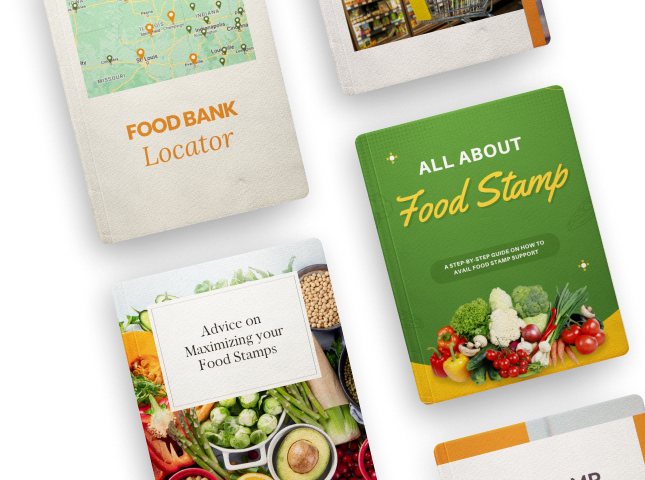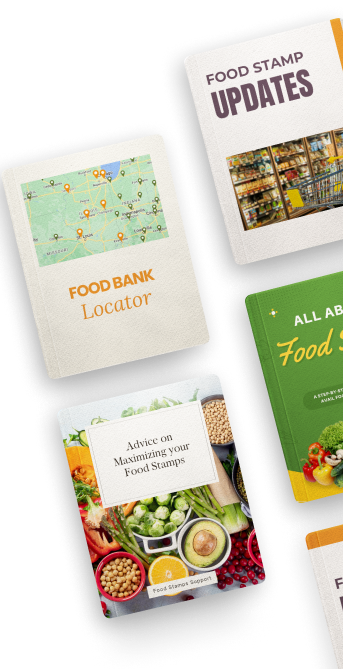Do You Have High Blood Pressure? These Are the Foods You Need to Avoid
According to the Centers for Disease Control and Prevention (CDC), approximately 45% of all American adults suffer from high blood pressure. Because high blood pressure is one of the biggest predictors of heart disease, stroke, and other acute health issues, it is imperative that you take the intentional steps to keep this reading in a healthy range. One of the best ways to do this is through your diet.
Here are some of the types of foods that you need to actively avoid if you need to keep your blood pressure in check.
Foods High in Sodium
It is easy to hit the recommended daily allowance of sodium without even realizing it. Many foods pack a punch with hidden sodium, particularly processed foods. This makes it important to read labels regularly so that you do not inadvertently eat too much sodium. Cured meats and canned soups are some of the biggest culprits. It is also a good idea to get out of the habit of adding extra salt to your food.
Red Meat
As your body metabolizes red meat, it may release certain compounds that raise blood pressure. Choosing leaner cuts will help to reduce this risk. The deeper the red hue of the meat, the more likely that it will be to increase your blood pressure. Red meats to eat only in limited amounts include beef, veal, pork, and lamb.
Sugary Foods
Sugary foods are one of the worst things to eat consistently. Not only do sweets offer very little health benefits, but they also may increase your blood pressure. Some research even suggests that sugary foods may be just as dangerous as foods that are high in salt.
It is generally the high fructose corn syrup that is the contributing factor in raising the blood pressure. Foods that are likely to contain high fructose corn syrup are packaged desserts, crackers, granola bars, and prepackaged meals.
Saturated Fats
Not only are saturated fats dangerous for your waistline, but they can also be detrimental to your blood pressure readings. Saturated fats are most commonly present in baked goods, cooking fats, full-fat dairy products, processed meats, and oils. Your goal should be to limit your intake of saturated fats to no more than 5% of your daily calories.
Alcohol
Drinking too much alcohol may also inadvertently raise your blood pressure. Because alcohol contains all empty calories, it is easy to begin to pile on the pounds if you indulge too often. This will automatically put you at a higher chance of developing high blood pressure. Drinking in moderation is always the best choice.
Condiments
While condiments are not inherently dangerous because you generally eat them in small amounts, it is important to note that they can be loaded with sodium and sugar. Some of the most guilty condiments include ketchup, soy sauce, chili sauce, flavored mustards, and many types of salad dressings. The good news is that it is easy to substitute your most commonly used condiments with versions that are lower in sodium and sugar.
Foods to Focus On
While this may seem like an exhaustive list of foods to avoid, the silver lining is that there are plenty of food choices that will actually serve to lower your blood pressure. Some of the best things that you can nourish your body with if your goal is to keep your blood pressure under control includes fruits and vegetables, whole grains, lean meats, lentils, nuts, and seeds.
Your physician will always be your best source of information and guidance as you navigate dealing with high blood pressure. As with all health concerns, it is vital that you stay on top of the issue and practice a preventative approach.












